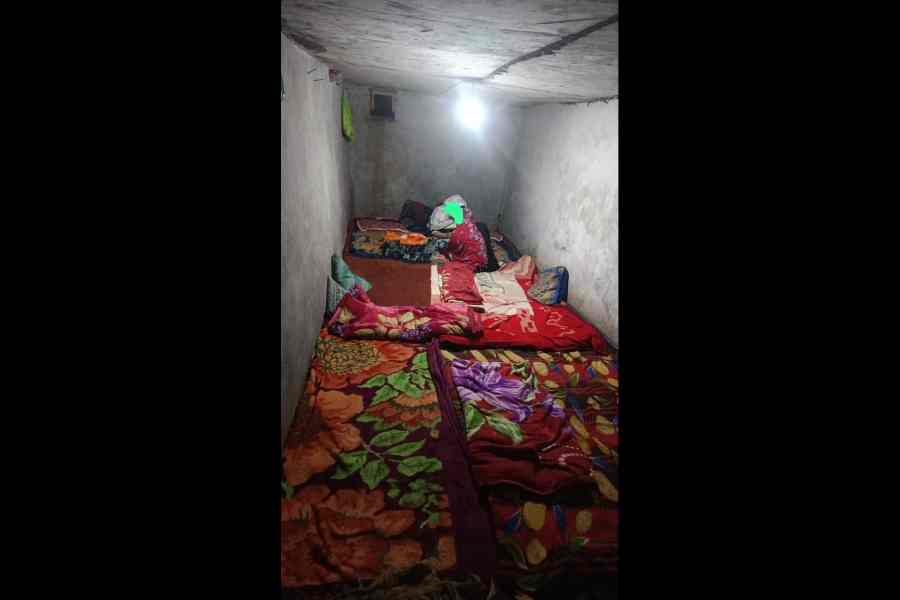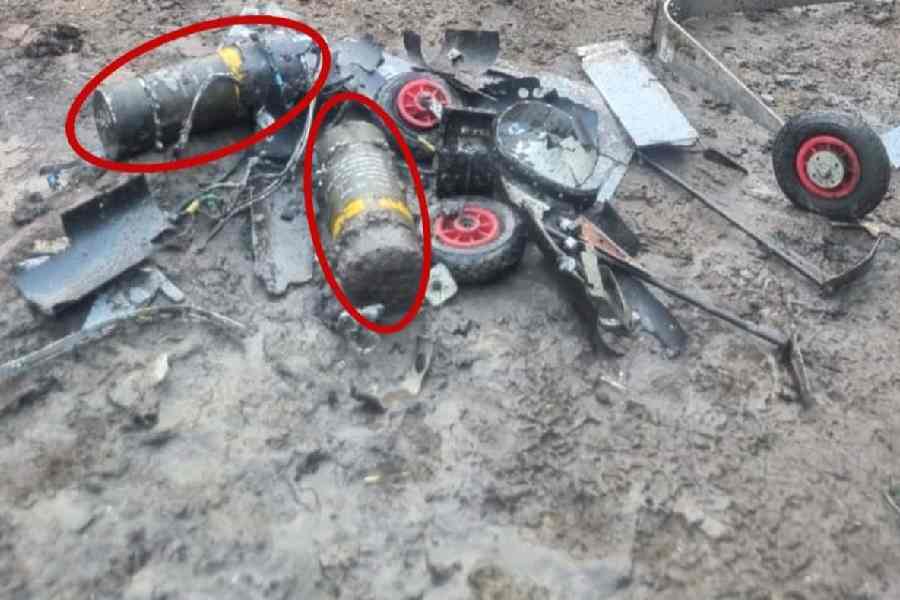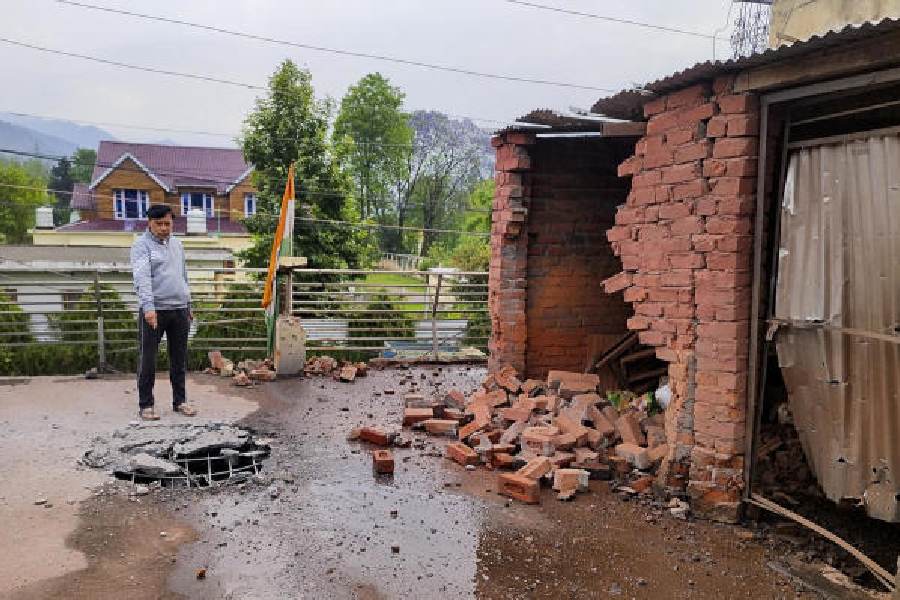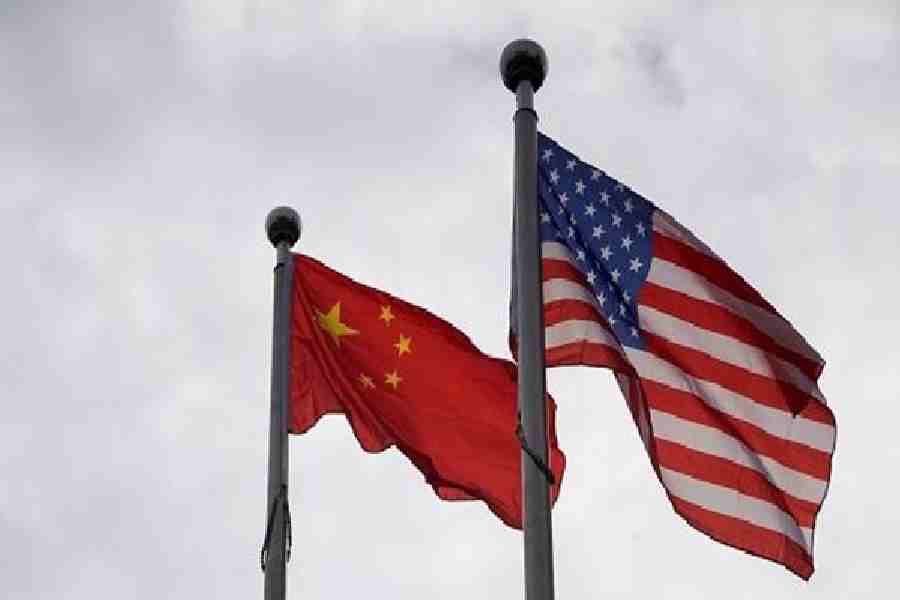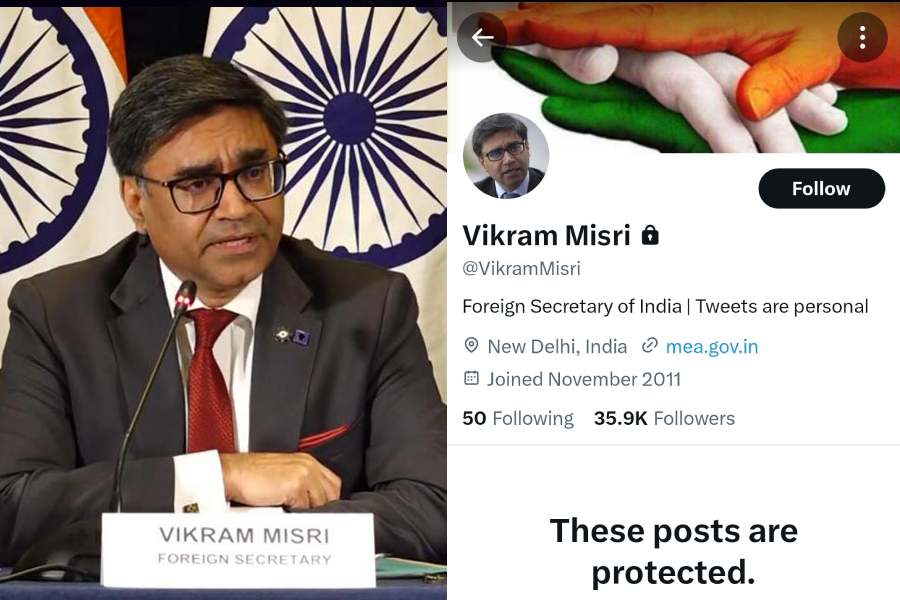_221143.jpg) |
 |
| NPP legislator James Sangma and chief minister Mukul Sangma speak in the Assembly on Thursday. Pictures by UB Photos |
Shillong, June 12: Meghalaya can be proud of its unique land tenure system where a majority of the land is privately owned.
But the recent order passed by the National Green Tribunal (NGT) makes it amply clear that no one has the right to carry out activities on that land according to their whims and fancies without complying with the laws.
While the coal miners have rejoiced over the partial relief granted by the tribunal in permitting transportation of the already extracted coal, the riders and other strictures laid by the tribunal in its order are colossal, with wide ramifications.
On Monday, the tribunal, comprising chairman Justice Swatanter Kumar and expert member Ranjan Chatterjee, conducted a hearing at the Meghalaya High Court on its interim ban on rat-hole coal mining and transportation of the mineral in the state.
“We are of the view that to a limited extent, we should permit the transportation of the already extracted coal lying in the open near the mining sites. However, such removal shall be subject to strict supervision,” the tribunal said.
The transportation of extracted coal lying near the mines would be for three months and the tribunal will consider enlargement of the period or passing of such other directions at a subsequent stage.
Commenting on the contention that coal mines in Meghalaya are privately owned, the tribunal said, “Whether these are private mines or they are mines which are on lands other than private lands, they cannot carry on this activity in an unregulated, indiscriminate and illegal manner without compliance with the laws.”
The state was directed that no “unregulated, illegal, indiscriminate mining” is carried on by any person in Meghalaya, and that all the mines should be sealed forthwith according to law. The deputy commissioner and superintendent of police of respective districts would have to comply with this order.
While granting permission to transport the already extracted coal, the tribunal laid down several strictures, which have to be complied with.
Some of these have far reaching ramifications, which could change the entire mining scenario in Meghalaya.
The strictures are as follows:
A committee comprising director of mines, Meghalaya, member secretary, Meghalaya State Pollution Control Board, member secretary, Assam State Pollution Control Board, senior scientist of the Central Pollution Control Board, senior representative of ministry of environment and forests, and principal secretary, Meghalaya mining and geology department would have to be constituted.
By next week, the committee will have to conduct inspection of all the mining sites. The committee will also have to quantify the extracted coal and the location. No transportation of coal would be allowed before the committee submits a report to the tribunal and examined by the government.
The committee will have to prescribe the mode of transportation of the extracted coal with regard to the safeguards and protection that the transporter should take, both in regard to the health of the public, the workers involved in transportation and the general environment.
The carriage and transportation of coal would be done strictly in terms of the conditions imposed by the committee and not otherwise.
According to the state, the quantity of the already extracted coal is 3.4 million metric tonnes while according to one applicant, it is approximately 9 million metric tonnes.
The committee would have to fix two checkpoints on the transportation route of the extracted coal from the point of loading to the destination. A checkpoint at the border with Bangladesh and boundary with Assam would have to be put up, and records maintained at all these checkpoints.
Mine owners would have to maintain the records, which would be checked and verified by the staff of the authorities concerned in the state government. The records would have to state the quantity of coal loaded, quantity transported, quantity received at destination and particularly at the border.
A detailed report from the committee would have to be submitted about the pollution of rivers, streams, ground water in and around the mining pockets, the damage already done to the environment and ecology of the areas and the damage to the people who are suffering from various diseases because of this pollution. The state government was asked to direct that steps be taken to ensure medical aid and healthcare to the people adversely affected in the mining areas.
After the committee report is received, the tribunal would consider the matter in relation to the issuance of notice to all the mine owners as to why they should not be called upon to pay compensation for restoration of environment, health and ecology.
State and central government officials were directed to finalise the “coal mining plan” and “health plan” in Meghalaya at the earliest.
Liberty was granted to all persons claiming to be owners of coalmines in Meghalaya to apply for obtaining consent of the State Board and SEIAA or MoEF, as the case may be, within one month from Monday. If such applications are moved, they shall be disposed of in accordance with law expeditiously.
The Meghalaya government was asked to take into consideration, if necessary, the views of the local councils while preparing the plan for protection, prevention of environment, control of pollution and public health and other requirements in that behalf.
Records should be maintained on royalty and revenue received by the state government for transportation of coal strictly in terms of the order. The amount received by the state government would be shared with the district councils, but a major part of the royalty that the state receives must be retained for the expenses to be spent for environmental projects, restoration of the environment and ensuring protection of public health.





